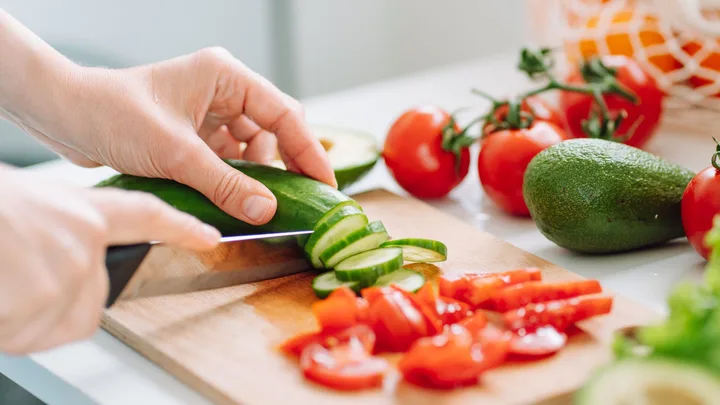If you’ve ever worked in the kitchen, whether as a professional chef or a home cook, chances are you’ve experienced the dreaded moment when a sharp knife slips. A simple knife cut can be a minor inconvenience or something much more serious. But how can you know if a knife cut is bad and requires professional medical attention? We’ll explore everything you need to understand the seriousness of a knife injury and how to act quickly and effectively.
The act of cutting is a crucial cooking skill, whether you’re learning basic knife-handling or mastering knife skills. Mistakes happen even for seasoned kitchen professionals, and it’s essential to know when a knife cut has crossed from ‘minor inconvenience’ to a potentially ‘tremendous’ issue.

1. What is Considered a ‘Bad’ Knife Cut?
The term ‘bad’ can vary depending on the injury’s depth, location, and symptoms. Some factors that differentiate minor from serious cuts include:
- Depth: Cuts deep into the skin or tissues.
- Location: Areas with major veins or arteries, like wrists.
- Bleeding: If bleeding doesn’t stop even after applying firm pressure for more than 10 minutes.
2. Common Signs of a Serious Knife Cut
When you’re trying to know if a knife cut is bad, it’s important to observe these common symptoms:
- Numbness: Loss of feeling near the wound.
- Severe Bleeding: Consistent flow of bright red blood, possibly a sign of an artery injury.
- Movement Issues: Difficulty moving fingers or other nearby regions could indicate tendon or nerve damage.
- Foreign Objects: If the wound contains debris, it needs professional care.
3. Immediate Steps to Take Right After a Cut
Knowing the steps to take immediately is crucial:
- Wash your hands to maintain a clean environment.
- Apply pressure with a sterile bandage or clean cloth.
- Assess the cut. Pay attention to its depth, location, and bleeding.
- Follow up with wound cleaning and address further actions.
Related Skills for Prevention
Enhance your knife skills to avoid injuries. You can check how to heal cuts or cut safely in the kitchen for preventive measures.
4. When to Seek Medical Attention
If you’re unsure whether immediate care is necessary, here are definitive moments:
- The cut is deep enough to expose bone, muscle, or fat.
- Bleeding does not stop despite prolonged pressure.
- You experience localized swelling accompanied by intense pain.
5. Common Misconceptions About Knife Cuts
Don’t ignore small cuts, thinking they will heal on their own without questioning their severity. While minor cuts heal fairly quickly, serious injuries may lead to severe infections if untreated.
6. First-Aid Kit Essentials
Every professional or amateur kitchen should be equipped. Key items include:
- Antiseptic solution
- Sterile gauze and medical tape
- Butterfly bandages
- Disposable gloves
7. Avoiding Infections
Cleaning wounds promptly reduces the chances of bacteria entering. Learn advanced kitchen safety techniques by exploring guides on knife skillsa must for chefs.
8. Summary
In summary, knowing how to handle and recognize the severity of a knife cut is vital. If you’re handling sharp objects, it’s always better to practice caution and act wisely.

FAQs
- How do I know if I’ve cut a tendon?
If you’re unable to bend or move fingers, it could indicate tendon damage, needing a specialist. - What’s the best way to stop bleeding?
Use direct, firm pressure on the wound with a clean cloth or bandage for 10 minutes before reassessing. - Can a small cut escalate to infection?
Yes, especially if left unclean or untreated. Always disinfect and monitor for redness, swelling, and pain.
This article contains affiliate links. We may earn a commission at no extra cost to you.


